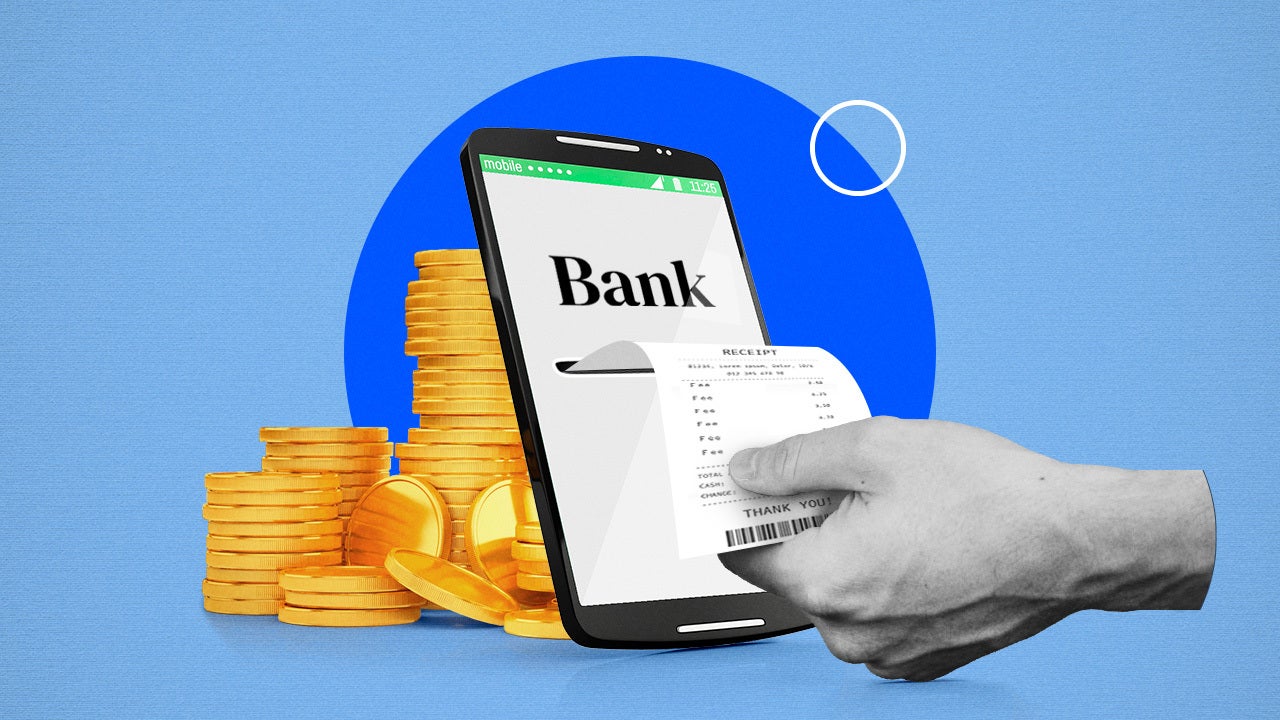Are people doing spring financial cleaning using personal loans in your state?

As warmer weather signals the beginning of spring, it may be time to tidy up your finances. Many Americans use personal loans to apply spring-cleaning principles to their finances in the form of debt consolidation.
Though some choose to lean on a balance transfer credit card with a low promotional rate, others are clearing out the clutter of credit card balances and replacing them with a debt consolidation loan to get the security of a predictable monthly payment and get on a faster track to becoming debt free.
Those with excellent credit borrow the most on average, leveraging low-rate personal loans as tools to clean their financial house. Younger generations — especially GenZers — have also upped their personal loan usage year over year. But a personal loan or 0 percent balance transfer credit card will only help if you commit to healthy spending habits.
How a personal loan can help spring clean your financial house
As the winter months wind down, take some time to review your debt load before the busy season of spring breaks, summer vacations and back-to-school tasks begins. A little extra debt planning early in the year may help you avoid reactive credit decisions when your life is more hectic.
Personal loans are not the only option when it comes to consolidating debt, but they’re one many Americans are turning toward.
Consolidate your credit card balances
Consolidating debt is like organizing a messy closet or drawer. It’s much easier to have one place to find everything, and a personal loan can make it much easier to combine several credit card debts into one easy-to-track monthly payment with a set payoff date.
You’ll have the same fixed payment until the balance is paid off, and you can potentially save thousands on interest payments compared to continuing to make minimum monthly payments on your credit cards. With your debt simplified, you can focus your financial energy on other goals like retirement savings or adding money to an education fund.
One note to make is that if you have excellent credit and a smaller amount of debt, it may be better to use a balance transfer card with a 0 percent introductory rate than a personal loan. Either one you choose has benefits and drawbacks, and to successfully get your finances fully cleaned up and keep them clean you’ll need to avoid carrying a new balance on the cards you consolidate.
Improve your home without touching your equity
If you’re considering selling your home this spring or fall, you may want to upgrade some appliances, update your kitchen or put some new flooring in so it shows well for prospective buyers. A personal loan for home improvement can give you quick access to home improvement money without eating into your home’s equity.
Personal loans are also easier to qualify for and you can get the cash you need to start your reno projects within one business day in some cases. That’s much faster than the 30 to 45 days you could wait for funds from home equity loan, HELOC or cash-out refinance.
How average personal loan balances break down by state
The average personal loan balance in 2022 ranged between $12,250 and $30,648, depending on your state, according to data from Experian. Some details worth noting:
- Residents of the Pacific Northwest states carry the highest personal loan debt balances with Washington ($30,648) and Oregon ($29,247) topping the list.
- The average personal loan amount is over $20,000 in 17 states.
- Loan amount averages are below $20,000 in some high-cost states like California and New York.
- Borrowers in the District of Columbia ($12,250) and Georgia ($14,838) have the lowest personal loan balances.
Average personal loan balance by state
The bottom line: People are turning to personal loans at record levels nationwide. 23.5 million Americans had a personal loan balance as of the fourth quarter of 2023, according to TransUnion data. That’s one million more people with personal loans than 2022’s record pace.
Borrowers in two groups have been using personal loans more
Two demographics in particular saw an increase in personal loan usage.
Excellent credit borrowers have stepped up their use of personal loans
Despite a drop in personal loan origination volume overall, the number of personal loans for excellent credit borrowers spiked by over 14 percent from the third quarter of 2022 to the third quarter of 2023, according to TransUnion. Lenders reward borrowers who have higher credit scores with lower rates, higher loan amounts and longer terms.
In the third quarter of 2023, those who fall into the category of “super prime” — a VantageScore over 780 — took out an average loan amount of $18,000. That’s significantly higher than the average $10,500 borrowed by prime borrowers with scores in the 661 to 720 range.
| Credit score range | Average origination amount |
|---|---|
| Over 780 | $18,000 |
| 721-780 | $15,900 |
| 661-720 | $10,500 |
| 601-660 | $5,500 |
| 300-600 | $2,700 |
Source: TransUnion
GenZ personal loan use has grown the fastest
The average loan balance grew by over 15 percent for GenZ borrowers from 2021 to 2022. However, Baby Boomers ($21,644) and Gen Xers ($20,677) borrowed the largest amounts.
Average personal loan balance in 2022 by age and year-over-year change
| Generation | Average personal loan balance | Year-over-year change |
|---|---|---|
| Baby Boomers | $21,644 | 6.3% |
| Gen X | $20,677 | 9.3% |
| Millennials | $15,101 | 12.5% |
| Silent Generation | $18,211 | 5.1% |
| Gen Z | $7,684 | 15.4% |
Source: Experian
The bottom line
Spring is the perfect time to consider cleaning up your debt use, and personal loans are a valuable tool for achieving this goal. Whether you want to consolidate credit card debt or make home improvements, personal loans offer a predictable monthly payment and quick access to cash.
From excellent credit borrowers to GenZers, people across the country are turning to personal loans to spruce up their finances. Regardless of the tools you end up choosing, take some time this spring to tidy your accounts before setting out for summer fun.
You may also like

IRA loans: Can you borrow from your IRA?

How to get a $40,000 personal loan




